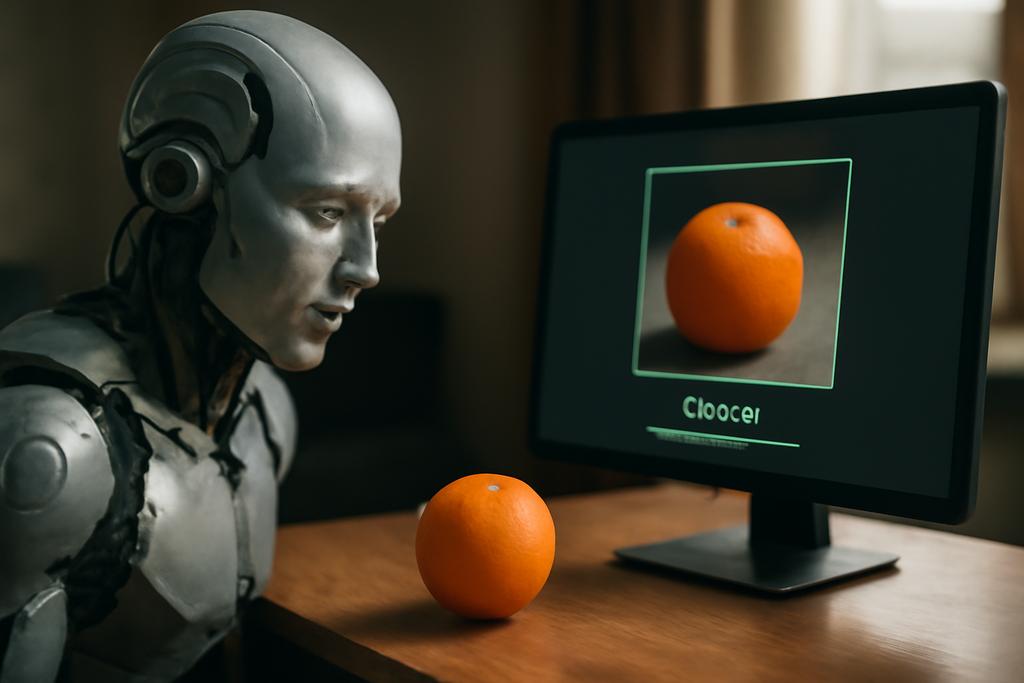Imagine an artificial intelligence that can identify an object after seeing it just once—achieving near-human accuracy. This isn’t science fiction; it’s the reality unveiled by a groundbreaking new method for image recognition, developed by researchers at the Harbin Institute of Technology. Their innovation, called CIELab-Guided Coherent Meta-Learning (MetaLab), pushes the boundaries of few-shot learning, a field dedicated to training AI systems with minimal data.
Beyond Pixels: Seeing Like a Human
Traditional AI image recognition excels when trained on vast datasets. Think of it like learning a language by memorizing a giant dictionary: you’ll be fluent, but only within the bounds of your vocabulary. Few-shot learning aims for something far more sophisticated: the ability to generalize and learn from limited examples, much like a human child rapidly identifying new objects with minimal exposure.
MetaLab’s leap forward stems from a surprisingly simple insight: mimicry of human vision. While most AI approaches rely solely on RGB color data (red, green, blue), MetaLab incorporates the CIELab color space. This space represents colors and brightness in a way closer to how the human visual system perceives them, enabling the AI to grasp a richer understanding of nuances that RGB misses.
The research team, led by Chaofei Qi, Zhitai Liu, and Jianbin Qiu, structured MetaLab as two interconnected neural networks. The first, LabNet, translates images into CIELab, cleverly separating lightness and color channels. This separation isn’t arbitrary; it mirrors the human visual system’s ability to distinguish shades and hues, allowing MetaLab to identify and weigh the relative importance of these aspects.
Networks That Learn Together: The Power of Coherence
The second network, LabGNN, takes the output from LabNet and constructs two graphs: a lightness graph and a color graph. These graphs don’t just hold visual data; they represent relationships between different features. Imagine a social network: LabGNN constructs a network where nodes are features (like color or brightness patterns) and edges are the relationships between them.
The brilliance of LabGNN lies in its ‘coherent’ design. Instead of treating feature extraction and classification as separate tasks, it orchestrates a continuous back-and-forth between the two, refining its understanding of both color and lightness simultaneously. This synergistic learning, inspired by the intricate interplay of different brain regions in human visual processing, proves remarkably effective.
Beyond Benchmarks: Reaching Human-Level Performance
To validate MetaLab’s capabilities, the researchers pitted it against state-of-the-art methods across a series of challenging benchmarks. The results were astounding. On multiple datasets, including coarse-grained (requiring recognition of broad object categories) and fine-grained (distinguishing subtle differences between similar objects) images, MetaLab consistently outperformed existing systems.
Moreover, in some cases, MetaLab achieved near-perfect accuracy, reaching an astonishing 99% in certain tests. This remarkable performance signifies something extraordinary: an AI system matching, and in certain instances surpassing, human-level visual perception in few-shot scenarios. It’s not just about matching numbers; it’s about mimicking the qualitative aspects of how we visually understand the world. The researchers even explored scenarios with more complex variations (up to ten distinct categories per test), demonstrating a surprising robustness.
Implications and Future Directions
The implications of MetaLab’s success are far-reaching. Imagine its application in medical image analysis, where identifying rare diseases from limited scans is crucial. Think of autonomous vehicles, where rapid recognition of unexpected obstacles is vital for safety. MetaLab’s ability to learn from sparse data opens new possibilities in countless fields, greatly reducing the data requirements for training new AI systems.
The work isn’t finished, though. The researchers acknowledge limitations, like the potential for overfitting and the need for further fine-tuning in specific application areas. But the foundational leap MetaLab represents is undeniable. It demonstrates that by taking inspiration from the intricacies of human visual perception, we can unlock a level of AI performance once considered purely aspirational.
MetaLab, with its blend of innovative color space representation and coherent network design, provides a paradigm shift in few-shot learning. It’s a testament to the power of interdisciplinary research, drawing inspiration from biology and neuroscience to create AI that can see, and learn, like a human.










